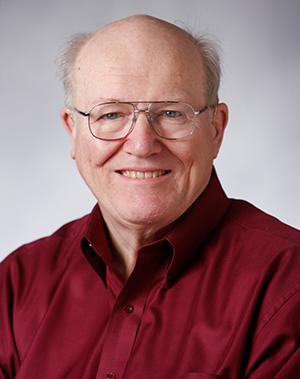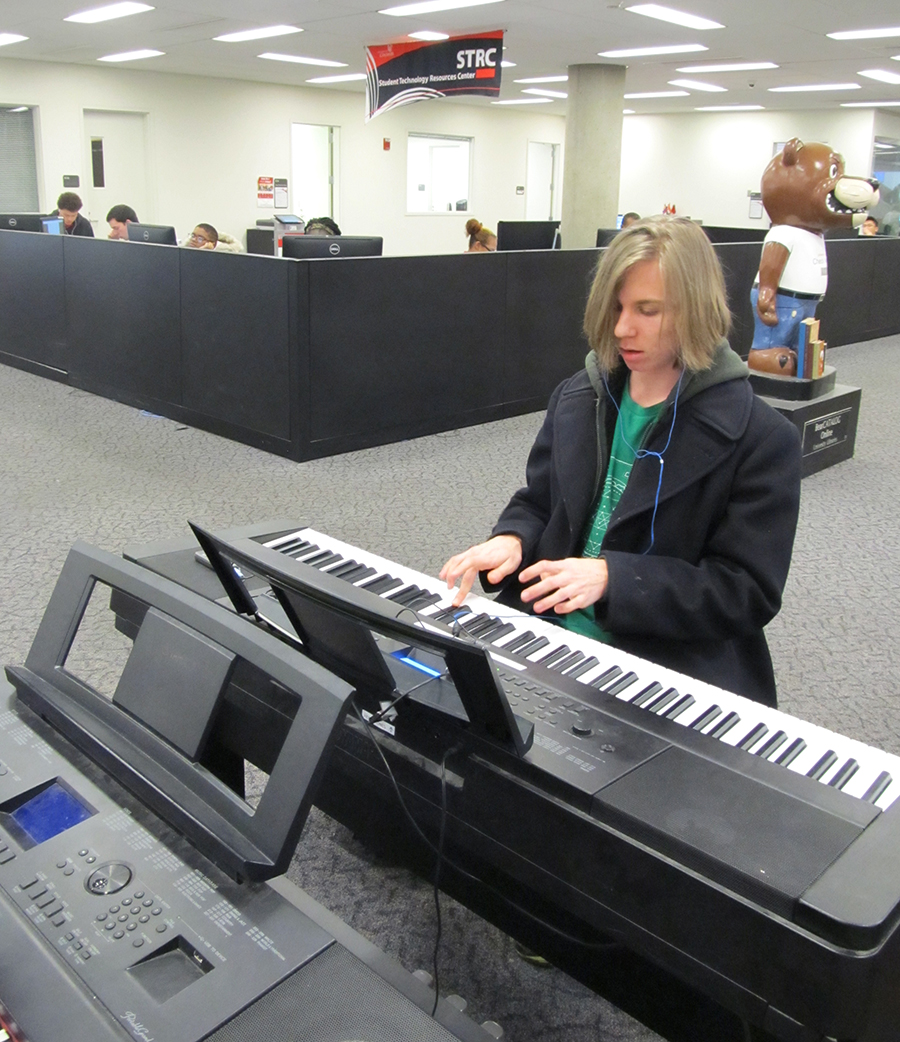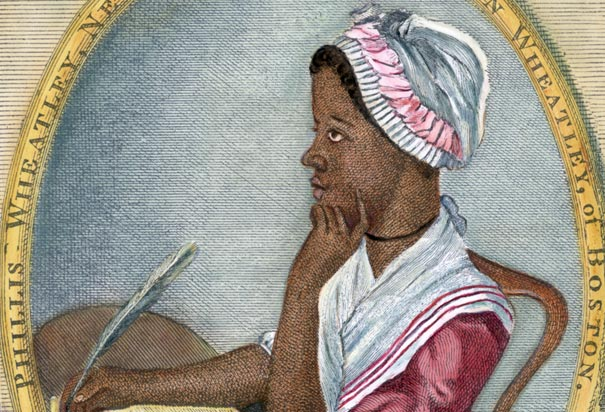Scholar@UC, the University of Cincinnati’s digital repository, has been updated and includes enhanced submission and viewing features:
- improved look & feel
- content dashboard for easier management of submitted works
- batch work creation and upload – upload an entire folder of works simultaneously or create multiple works at once including from folders
- usage analytics of content (views and downloads)
- new work-relation model allowing works to be nested and related in meaningful ways
- social media sharing widgets.
All content previously in Scholar@UC was migrated from the old platform, with files validated and the metadata and relationships maintained.
Scholar@UC is a digital repository that enables the University of Cincinnati community to share its research and scholarly work with a worldwide audience. Faculty and staff can use Scholar@UC to collect their work in one location and create a durable and citeable record of papers, presentations, publications, datasets or other scholarly creations. Students, through an approval process, may contribute capstone projects such as senior design projects, theses and dissertations.
The mission of Scholar@UC is to preserve the permanent intellectual output of UC, to advance discovery and innovation, to foster scholarship and learning through the transformation of data into knowledge, to collect a corpus of works that can be used for teaching and to enhance discoverability and access to these resources.
Scholar@UC is an open source, agile development project supported in partnership by the University of Cincinnati Libraries and IT@UC. To submit or view works in Scholar@UC, visit https://scholar.uc.edu/. Contact the Scholar@UC Team (scholar@uc.edu) with any questions.

 Read Source, the online newsletter, to learn more about the news, events, people and happenings in UC Libraries.
Read Source, the online newsletter, to learn more about the news, events, people and happenings in UC Libraries.









 In celebration of Black History Month, UC Libraries is holding an event featuring poetry and poet Phillis Wheatley, the first published African-American poet.
In celebration of Black History Month, UC Libraries is holding an event featuring poetry and poet Phillis Wheatley, the first published African-American poet.